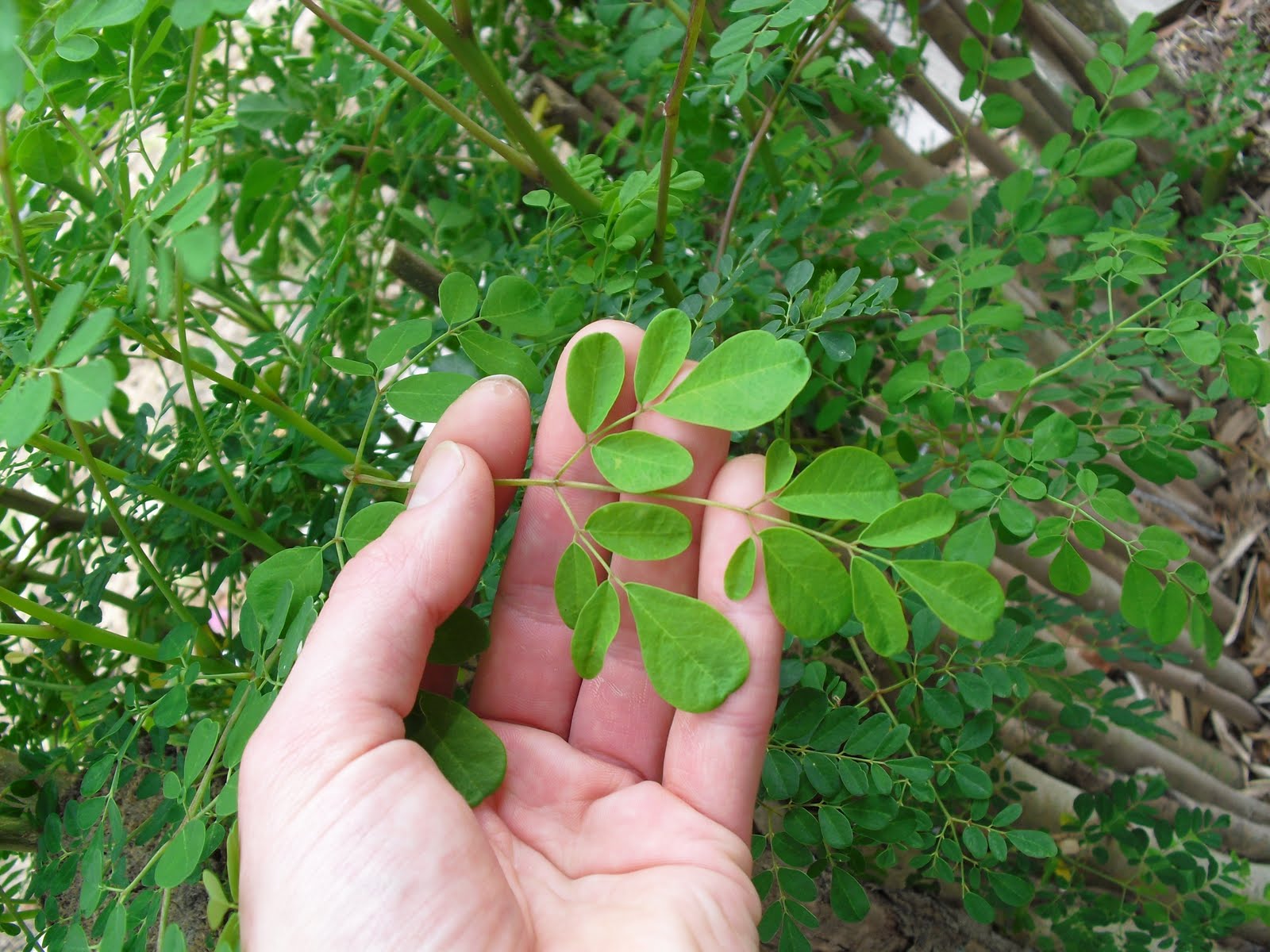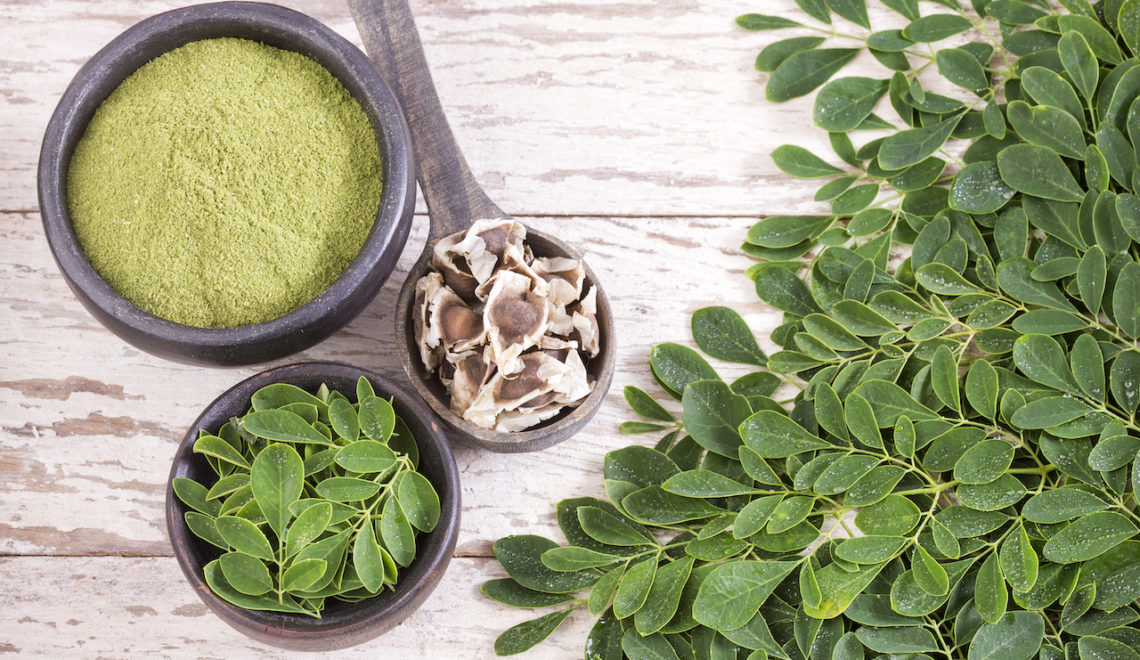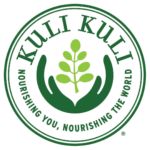
Moringa vs Acai
It can be so confusing in this day and age to choose a healthy, balanced diet for you and your family. Persistent food marketing pushes us towards one brand or another, and supermarkets are filled with thousands of different choices. On top of everything, we now have “superfoods” that are packed with nutrition and seem to be a great way to get everything you need in one quick drink or bar. But it can be really hard to compare these superfoods and figure out which one is right for you and your family. When comparing moringa vs acai, there are a number of different factors that you should look at.
One way to compare superfoods is to look at the environmental and social impact of producing them. Most superfoods tend to come from exotic, rural areas where the food in question is actually pretty common locally, but has now become a hot commodity around the world. Producing superfoods on a large scale to meet a constantly rising global demand can take a toll on the environment, both locally and in transporting foods around the world, and on the people that produce them.
Like moringa, acai berries are another superfood that are very high in nutritional value, are packed with antioxidants, and are also used in beauty products. Below are some questions about production, demand, and cultivation that I answer for both moringa and acai:
How popular are these foods in the U.S.?
Moringa:
Although moringa is growing rapidly in popularity, it is relatively new in the United States. Companies like Kuli Kuli provide a window to foreign countries where it is produced on a large scale, and is then sent to the U.S. for distribution to consumers. Since 2010, moringa production has started developing in Hawaii for supply to U.S. consumers.
Acai:
This superfood is now well established in the United States. Around the year 2000, a few friends first brought acai berries to the U.S. and started the company Sambazon. Now acai is everywhere – acai bowls, acai drinks, acai powder, acai smoothies – and it has become a very popular superfood in a relatively short amount of time.
What is the global demand for these foods?
Moringa:
Global demand is certainly increasing, especially in developed countries like the U.S. and Japan. This November, the 3rd Global Moringa Meet will be held in Jaipur, India, bringing together producers, developers, and economists to discuss the future of moringa. There is also talk of moringa oil being used to produce biofuel on a large scale and help meet global energy demand.
Acai:
This superfood is shipped all over the world, and demand is rapidly increasing. In 2004, the global acai market was worth $500,000, and as of 2009, it was worth $15 billion. However, this rapid growth brings up potential concerns for the environmental and social wellbeing of the communities and land that produce acai.
Where are these foods mainly produced?
Moringa:
This superfood is originally from India, which is still the largest producer and meets 80% of global demand for moringa. The Philippines and Taiwan are also big producers, and in Thailand and Haiti it is commonly grown for local use. However, moringa can grow easily in any tropical or sub-tropical environment. This does bring up concerns about introduced species, because moringa is technically considered nonnative in any place other than India. However, moringa is very well suited to the growing conditions of many other countries, and has the potential to help sanitize water, improve nutrition, and provide medicinal benefits to many impoverished communities around the world.
Acai:
This superfood naturally grows in the Amazon River Basin of Brazil, where acai is very plentiful and has been a part of life in this area for thousands of years. This is where the acai market started, but acai is actually native in Central and South America and can be grown anywhere in subtropical temperatures, so acai has the potential to be produced on a much larger scale.
How are these foods produced?
Moringa:
This superfood comes from a fast-growing tree that produces leaves constantly. The leaves are what is mainly used in food, but all other parts of the tree are useful in terms of food, medicine, and beauty products. The moringa tree is very easy to prune, which makes it grow lower to the ground, within reach, and produces even more leaves. Moringa trees can grow in many conditions, including dry climates with relatively poor soil.
Acai:
This superfood also comes from trees that grow at about the same rate that moringa trees do. Acai palms, however don’t produce fruit until 3 to 5 years after they have been planted, and require a specific humidity and temperature to survive.
What will happen if demand keeps growing?
Moringa:
This superfood has great potential to be produced in many different places around the world and would benefit both local communities and the global market. There is a concern for the fact that moringa is nonnative to most areas. However, it is suited for conditions in many places and has grown successfully in nonnative areas. Moringa trees produce leaves very quickly and can survive in a variety of conditions, so they are well suited to adapting to an ever-changing climate and market.
Because one moringa tree can produce so many leaves, there is also the potential for minimizing land use, and moringa trees do not deplete the soil of nutrients as much as some other plants do, so growing these trees in large quantities is definitely possible. However, massive land conversion, potential increased use of pesticides and fertilizers on farms, and increased carbon pollution from transportation are very real concerns if the demand for moringa keeps growing.
Acai:
This superfood is mainly produced in the Amazon, but has native potential in all of Central and South America and nonnative but successful potential in many other areas of the world. However, acai producers in the Amazon are already feeling the strain of a huge and rapidly increasing global market. Harvesting acai can be dangerous, as people have to climb up acai palms with machetes to cut off the berries. This is not harmful to the trees in any way, and many acai farmers do not want to damage or change the rainforest in any way.
However, 7% of current acai production is not from naturally growing trees, but from farms that use clear cutting, pesticides, and fertilizers to grow acai palms. This is because current natural production is no longer meeting the market. Increased demand for acai will likely increase the incidence of acai farming, which damages the rainforest, destroys native land, and introduces chemicals that can enter watersheds through run-off and hurt aquatic species. Acai does have the potential to expand to meet the market, but with the consequences of land conversion and increased carbon pollution due to transportation.
Making an Impact with Diet
As you can see, when it comes to acai and moringa, neither is really “better” than the other. I hope this gave a good comparative look at some of the consequences of expanding global demand for two superfoods. As Americans, we have access to so many different foods from around the world, which is a wonderful result of a global market. However, it is important to consider all aspects of a new food before you incorporate it into your diet, including the environmental, social, and economic impact of producing the food.
One of the ways that individuals do have a big impact on the environment is through their diet, and what they choose to purchase in the grocery store. You have the power to express what you believe and what you want to support through your own “dollar vote,” so next time you go to the grocery store, consider the whole story and exercise your right to know where your food comes from.
Resources:
- http://www.acaiberry-australia.com.au/life-cycle-of-acai.html
- http://www.riolife.com.au/about/environmental-awareness/
- http://english.cntv.cn/program/newsupdate/20130927/102470.shtml
- http://www.huffingtonpost.com/2011/05/24/acai-still-superfruit_n_866178.html
- http://jscms.jrn.columbia.edu/cns/2009-02-17/solash-acai.html
- http://www.acaipalmseeds.com/international-acai-production/
- http://miracletrees.org/growing_moringa.html
- http://www.sciencedirect.com/science/article/pii/S0306261910000577
- http://www.gmanetwork.com/news/story/332656/economy/agricultureandmining/international-market-for-phl-moringa-products-growing-mpfi
- http://www.jatrophaworld.org/global_moringa_meet_81.html
- http://www.fao.org/docrep/004/ac145e/AC145E09.htm
- http://www.treesforlife.org/our-work/our-initiatives/moringa
- http://agroforestry.net/images/pdfs/Moringa_specialty_crop.pdf










Hello,
My name is Ana Carmen Silva and I’m from Peru, I’m doing a project about the market size of moringa in USA. What I wanted to know is how much moringa you produce or sell in USA and if you knew what percentage of participation you have in this country, for example you could tell me that you occupied 0.3% of moringa’s market in USA.
If you could help with this information I would be really thankful.
Thank you for your comment. We apologize for not replying sooner. We hope your project went well!
Keep up the superb piece of work, I read few blog posts on this
internet site and I think that your website is real interesting and has bands of wonderful info. https://maxitrimelite.org/